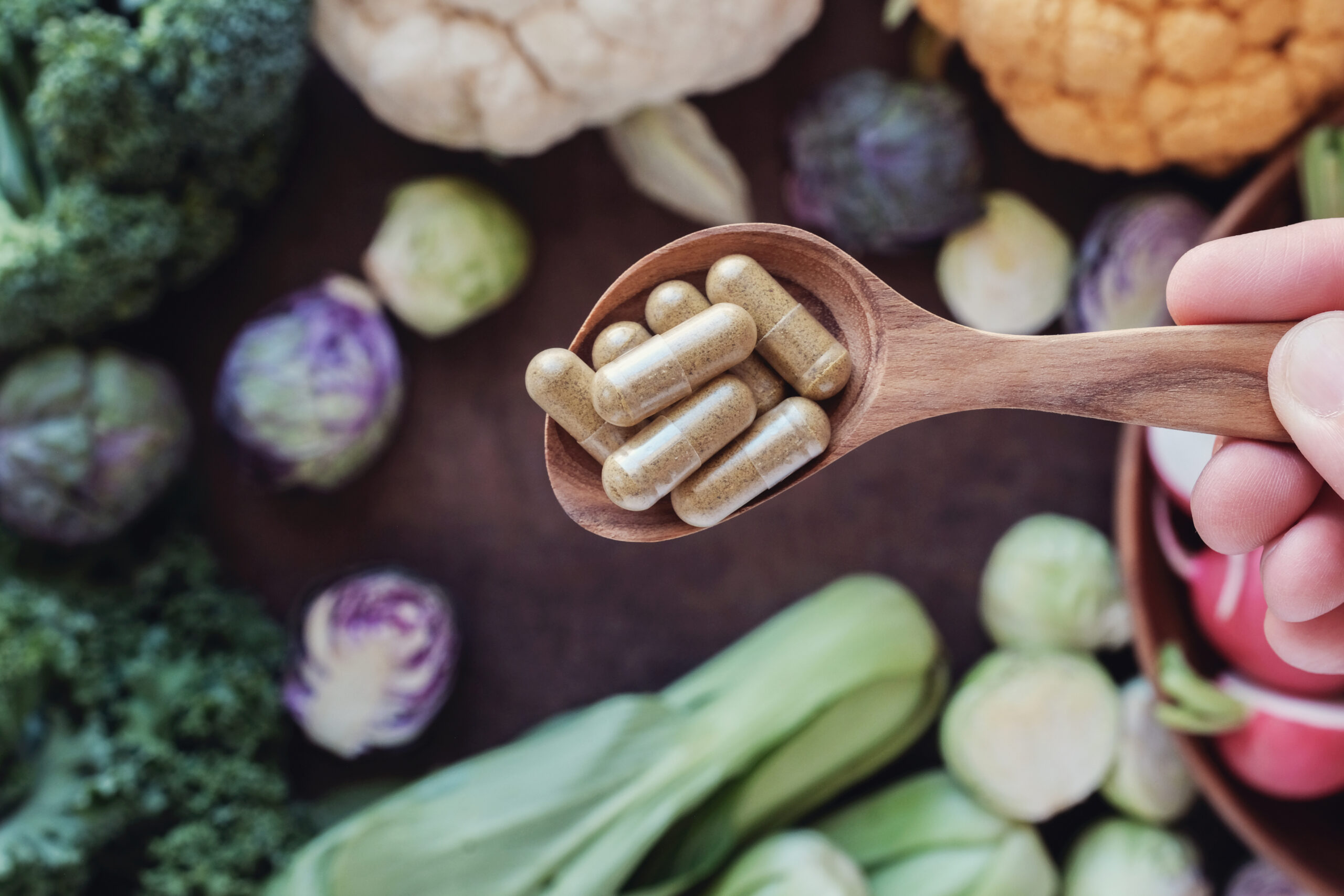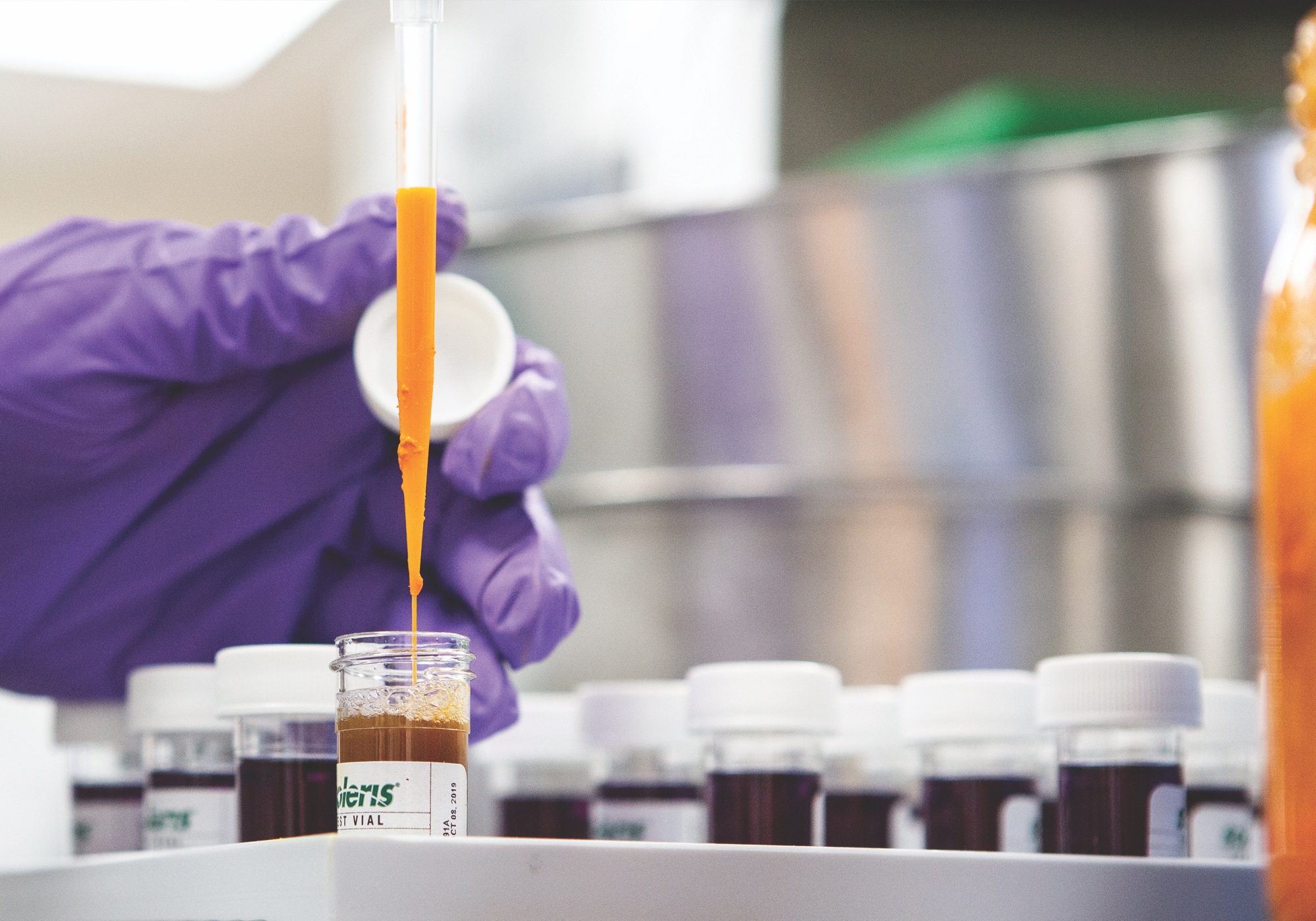Scientific name:Rubus ideaus
Constituents:
- Leaves: Tannins, volatile oil, flavonoid glycosides, Minerals (Ca, Mg, Fe, Se) Niacin
- Fruit: Ketones (4-hydroxyphenyl). Vitamins (A & C) & Minerals (K, Ca, Mg)
Medicinal actions:
- Astringent
- Uterine Tonic
- Partufacient
- Thermogenic agent
Mechanism of Action & Pharmacology:
- High Calcium and Magnesium concentrations may help with tonification of smooth muscle, possibly due to actions on polypeptides incorporated into prostaglandin synthesis.
- Tannins have shown anti-inflammatory and anti-Helicobacter pylori properties and inhibition of TNF-α induced NF-kB driven transcription in gastric cells in vitro.
- Ketone (4-hydroxyphenyl) structure is similar to the structures of capsaicin and synephrine, compounds known to exert anti-obese actions and alter the lipid metabolism. Has been shown to significantly increase norepinephrine- induced lipolysis associated with the translocation of hormone-sensitive lipase from the cytosol to lipid droplets in rat epididymal fat cells.
Pharmacy:
- Infusion
- Tincture
- Capsules
- Topical as douche or wash
Safety & Toxicity Concerns:
- Avoid in first trimester of pregnancy.
- Use caution in highly inflamed, ulcerated or damaged gastrointestinal tissue.
Interactions:
- May theoretically inhibit the absorption of drugs and nutrients when used simultaneously due to high tannin content. May reduce absorption of zinc & non-heme iron from supplements and food.







